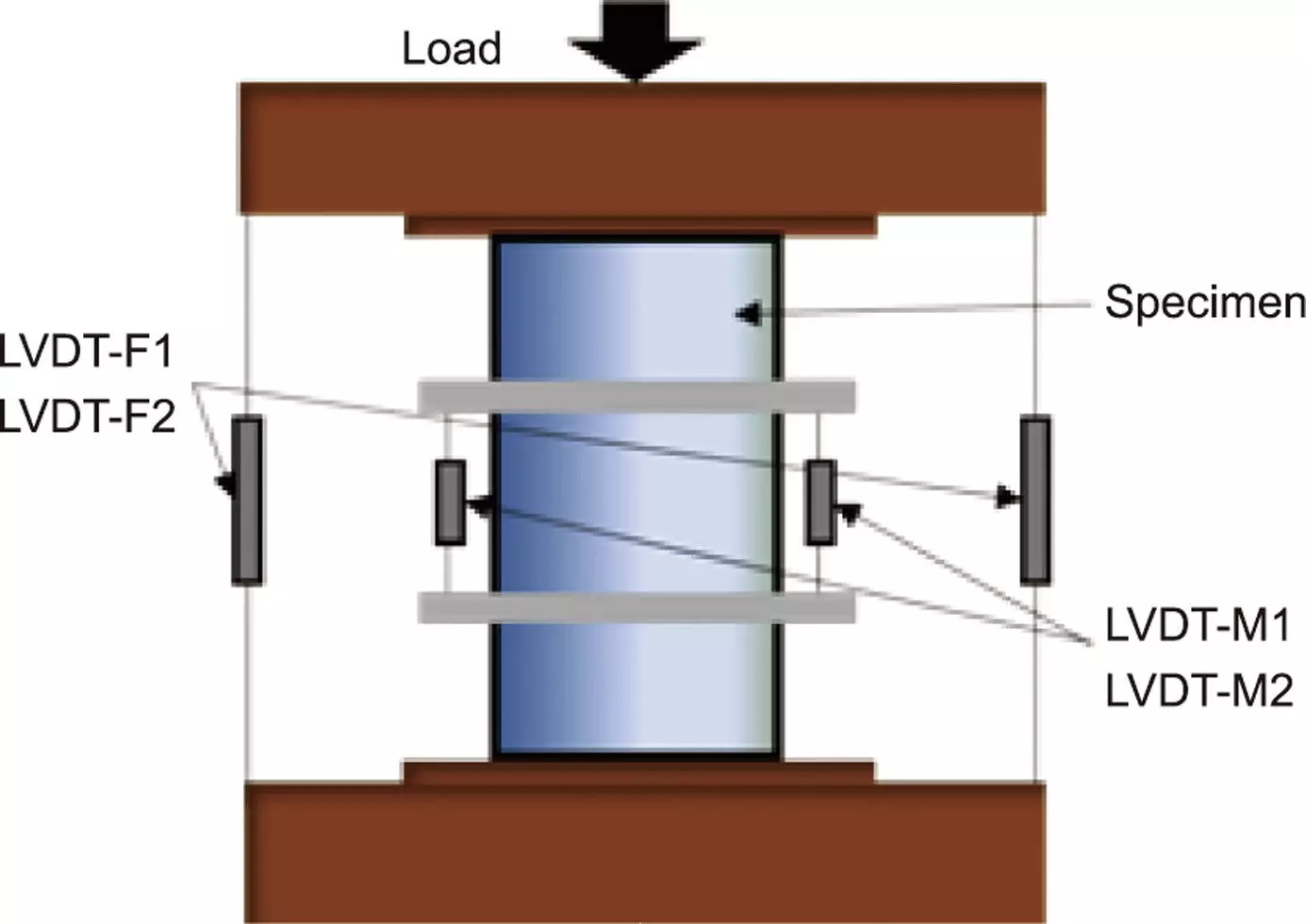The construction industry is perpetually on the lookout for innovative materials that can enhance the strength and durability of structures. Among these materials, ultra-high-performance concrete (UHPC) has emerged as a frontrunner, captivating engineers and architects alike with its remarkable mechanical properties. However, despite its growing use, there exists a pressing need for a nuanced understanding of UHPC behavior, particularly when it is confined by fiber-reinforced polymers (FRP). A recent study led by S.S. Zhang and colleagues, published in Engineering, addresses this critical gap by introducing a new stress-strain model tailored specifically for FRP-confined UHPC. This breakthrough could be a game-changer for structural engineering.
Traditional stress-strain models have historically concentrated on normal-strength concrete (NSC) when confined by FRP, demonstrating satisfactory results in predicting behavior. However, these models falter when confronted with the unique characteristics of UHPC, which boasts significantly higher compressive strength, as well as different failure mechanisms. The research team comprised experts from Huazhong University of Science and Technology and Southern University of Science and Technology, who meticulously scrutinized the compressive behavior of UHPC in a bid to develop a more reliable analytical framework.
The primary challenge addressed was the validity of the stress-path-independency assumption prevalent in earlier models. While effective for NSC, this assumption failed to incorporate the complexities observed in UHPC, which becoming evident during experiments involving concentric compression. Herein lies the crux of the study: bridging the knowledge gap to create a model that reflects the reality of UHPC behavior under stress.
The research team carried out a comprehensive series of experiments to observe the behavior of UHPC under concentric compressive forces when reinforced with FRP systems. A noteworthy discovery was that diagonal cracking in FRP-confined UHPC leads to non-uniform lateral expansion, which diminishes the effective confining pressure. This counterintuitive behavior challenges the long-held assumption of stress-path independency and necessitates a reevaluation of existing models.
The team meticulously analyzed these discrepancies and concluded that a one-size-fits-all approach would not suffice. This realization prompted the researchers to innovate a new model that factors in the critical influence of stress-path dependency. By introducing adjustments to the confining pressure parameters and establishing a new equation to quantify the confining pressure gap, they effectively redefined how engineers can approach FRP-confined UHPC design.
Validation is a cornerstone of any credible scientific advancement, and the team rigorously tested their new analytical model against an extensive database of experimental results. The outcomes showcased a significant leap in predictive accuracy when compared to previous models, essentially heralding a new era for engineers who work with UHPC.
The implications of this advancement are manifold. By providing a reliable tool that can accurately forecast the stress-strain behavior of FRP-confined UHPC, this study not only enhances the design of structures using these materials but also contributes to their safety and longevity. As construction practices evolve to increasingly incorporate high-performance materials, this new model stands to reshape engineering design principles fundamentally.
As the construction landscape continues to shift towards higher performance and sustainability, the introduction of this analysis-oriented stress-strain model represents more than just an academic accomplishment; it is a vital resource for industry practitioners. The insights derived from this research afford engineers a deeper understanding of how to utilize UHPC within their structural designs more effectively.
The ability to predict the behavior of FRP-confined UHPC has profound implications across various structural applications, ranging from bridges to high-rise buildings. As researchers and practitioners adopt this innovative framework, the potential to improve the structural integrity and performance of concrete applications grows exponentially.
The development of this new model not only addresses the immediate challenges faced in the field of concrete research but also lays a foundation for future explorations. It symbolizes a collective drive towards safety, efficiency, and innovation that is essential as the construction industry forges ahead into uncharted territories inhabited by advanced materials.


Leave a Reply